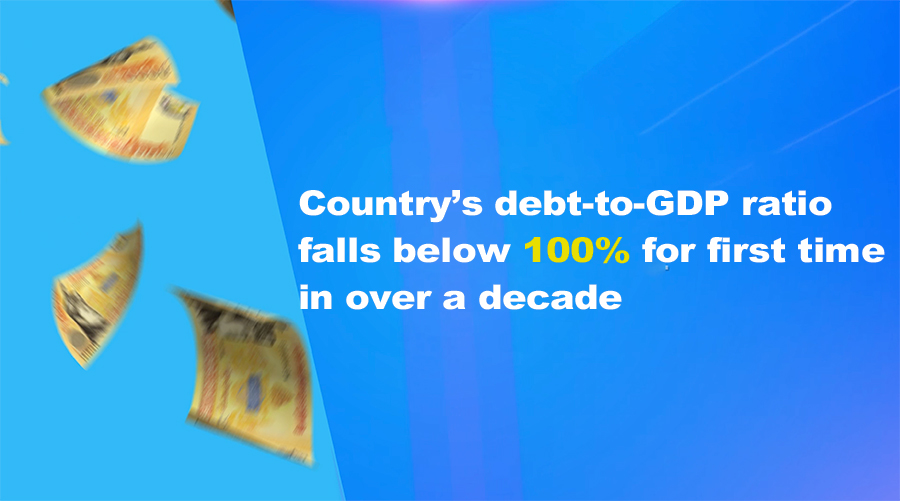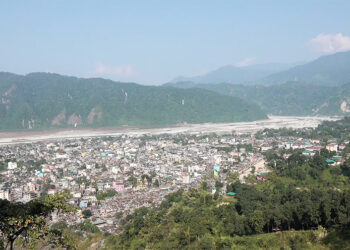 Bhutan’s debt-to-GDP ratio stayed at 93 per cent in the first two quarters of the 2024–2025 financial year, down from about 100 per cent in the previous financial year. This means the size of Bhutan’s economy compared to its debt has slightly improved. By February, external debt was around Nu 279bn. While still high, the drop suggests better economic and fiscal management.
Bhutan’s debt-to-GDP ratio stayed at 93 per cent in the first two quarters of the 2024–2025 financial year, down from about 100 per cent in the previous financial year. This means the size of Bhutan’s economy compared to its debt has slightly improved. By February, external debt was around Nu 279bn. While still high, the drop suggests better economic and fiscal management.
For the first time since at least the 2013–2014 financial year, the oldest available data on the Royal Monetary Authority or RMA’s website, Bhutan’s debt burden has fallen below the size of its economy. This was reflected in RMA’s latest Monthly Statistical Bulletin.
In simple terms, a debt-to-GDP ratio over 100 per cent is like someone owing more money than they earn in a year. It raises the risk of financial stress, such as struggling to repay loans or having to borrow even more.
A major reason for Bhutan’s high external debt is its investment in hydropower, supported by loans from India. In fact, 67.7 per cent of Bhutan’s external debt is in Indian Rupees. These projects, while expensive upfront, are long-term investments that generate revenue through electricity exports and domestic sales.
This improved debt ratio comes with 4.9 per cent economic growth in 2023. Key contributors to this growth include construction, trade, and public administration. The increase in GDP contributed to the improved ratio.
Meanwhile, in the second quarter of this financial year, Bhutan spent Nu 16.7bn more on imports and overseas payments than it earned from exports, resulting in a trade deficit. This gap highlights the country’s continued reliance on foreign goods and services, which can strain the economy if not balanced by sufficient exports or inflows.
However, despite the trade deficit, Bhutan’s foreign currency reserves rose slightly to USD 860.9 M in February this year, a positive sign for the country’s ability to manage external debt and navigate global economic uncertainties.
Karma Samten Wangda
Edited by Tandin Phuntsho







